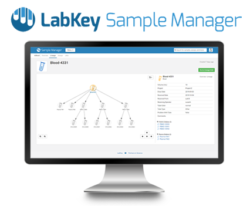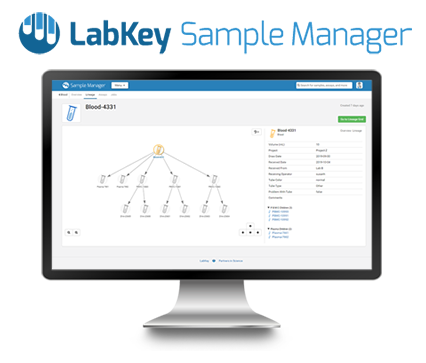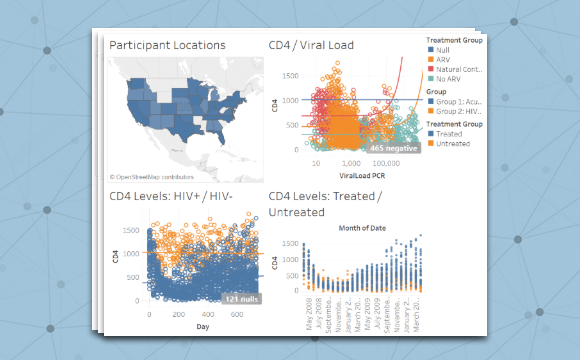The annual LabKey User Conference was held in Seattle on October 3rd and 4th. As with every LabKey User Conference, the event provided LabKey users the opportunity to connect with other researchers and developers as well as learn directly from the LabKey team. Through user presentations, technical talks, discussion groups and networking sessions, attendees expanded their knowledge of the LabKey platform and learned how LabKey is solving data integration, collaboration and workflow challenges faced by other organizations.
For the LabKey team, the User Conference is a wonderful opportunity to learn from our users. The LabKey Server platform, Biologics and our upcoming Sample Manager application have all been developed with significant input and guidance from the scientific research community. As we develop LabKey solutions, this input continues to be the guide by which we prioritize features, integrations, UX decisions and more.
This year’s LabKey User Conference was filled with insightful contributions from speakers and valuable workshops and guidance from the LabKey team. Below are just a few highlights of presentations at the conference. In the coming weeks, we will be sharing some of the exciting presentations from our users and developers. To view this year’s conference program with full abstracts, click here.
LabKey User Presentations
“A Wayfarer’s Guide to the Galaxy of LabKey inside the NIHR Oxford Biomedical Research Center”
Oliver Freeman – Oxford Biomedical Research Centre Clinical Informatics Group, University of Oxford
“Mapping Cell Line Development Workflows with LabKey Biologics”
Bo Zhai, Cell & Developability Science, Janssen Research & Development
“LabKey for Multicenter R&D on Biofuels and Bio-based Products”
James R Collett, Chemical and Biological Process Development Group, Pacific Northwest National Laboratory (PNNL)
“LabKey and ORIEN Informatics at City of Hope”
Vincent La, City of Hope
“Molding and Maximizing the LabKey Platform for Clinical Translational Research”
Anthony Corbett, Research Data Integration and Analytics Group, University of Rochester Medical Center
LabKey Tech Talks
ReactJS Development: Getting Started
Best practices for building ReactJS based applications with LabKey. Development tips and tricks, practical examples, and advice for developers.
Sample Lineage
Learn how Sample Derivation works in LabKey Server. Explore underlying data structures and use of APIs. See how to access lineage in LabKey.
Visualizing LabKey Data
An overview of how external integrations expand your options for creating reports and visualizations. See how to present LabKey data using Tableau, Spotfire, Matlab, Shiny and more!
LabKey Development Process
Learn about the internal LabKey development process. Covers feature branch workflow, pull requests, test automation, formal and patch releases, and other things external developers need to know.
Quality Control with LabKey Server
Explore strategies for quality control and reporting within LabKey Server and Biologics. Learn to incorporate QC trend reporting, automatic QC options during import, and setting of QC states into your workflows.
Thank you to all who attended and contributed to a valuable and insightful LabKey User Conference!
For the full conference program – click here











